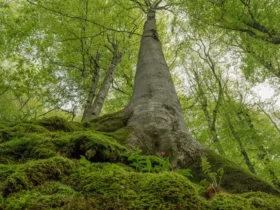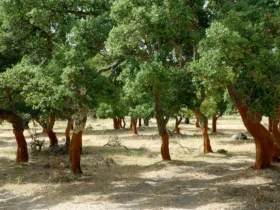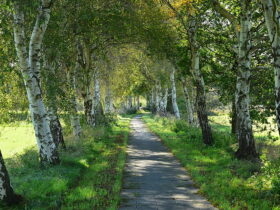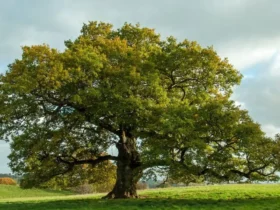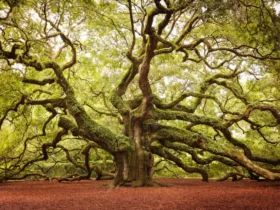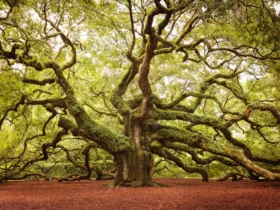In the following article, we will summarize for you the top eight famous and popular tree species in the Kingdom of Norway that are well-known by many people. Please take a look!
Norway is renowned for its stunning natural phenomena such as the Northern Lights and the Midnight Sun. However, you may not know that this place is also home to many extraordinary tree species with high economic value.
Trees in Norway often grow along narrow fjords, on mountainsides, or in coastal areas. They encompass a wide variety, ranging from broad-leaved oak trees to hardy conifers. Let’s explore eight famous tree species originating from Norway in this article.
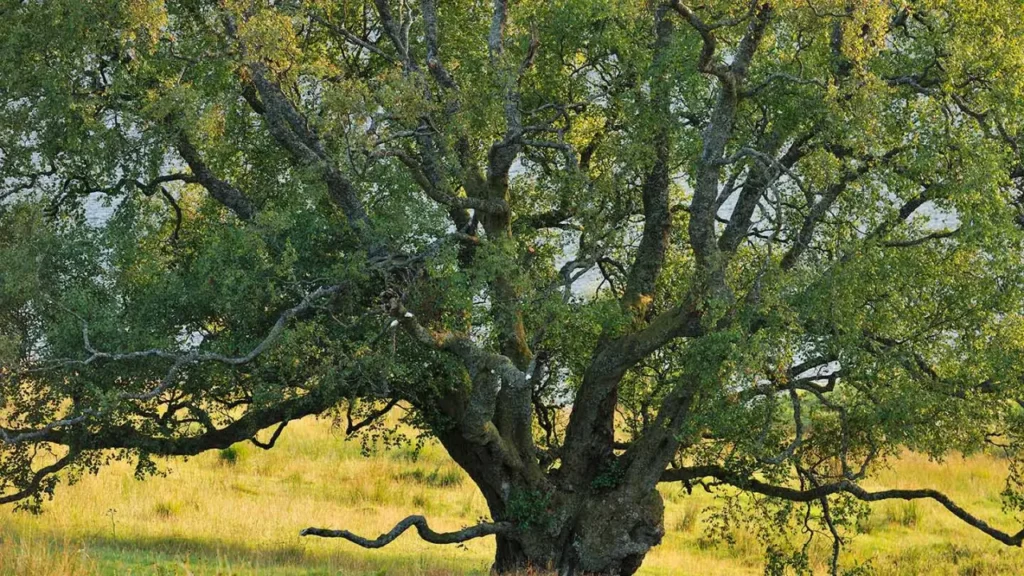
1. White Birch
White birch, also known as silver birch or Betula pubescens, is a deciduous tree native to Northern Europe. It is a common tree species found in various regions of Norway.
White birch trees typically grow along beautiful coastlines or on mountainsides before giving way to higher-altitude trees in colder areas. They are characterized by their broad, deciduous leaves and are most prevalent in the northern regions of Europe
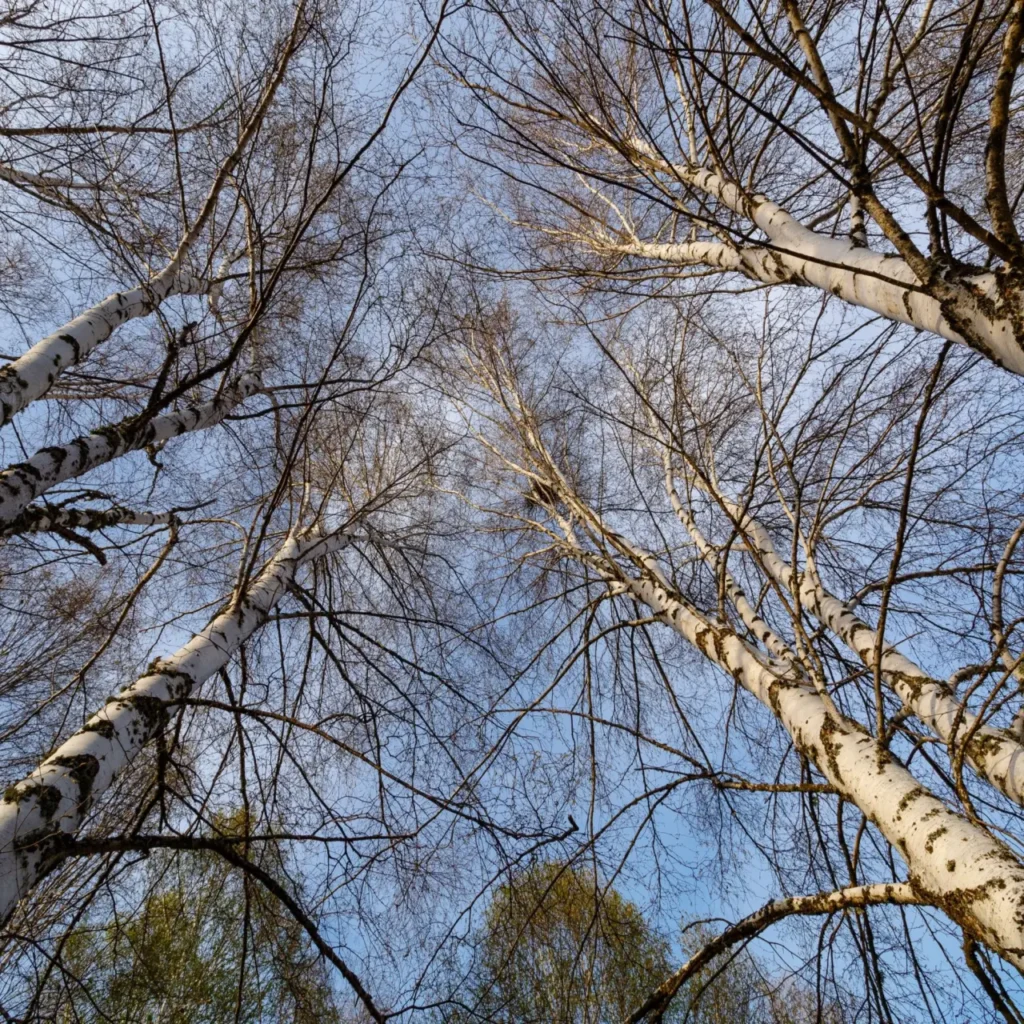
White birch stands out with its white bark that peels easily from the tree, and a canopy of green leaves. The leaves of the white birch are approximately 2 inches long and have serrated edges. A mature white birch tree can reach an average height of 33 to 66 feet.
The canopy of white birch trees serves as a habitat for various animal species, including birds and autumn moths. The wood of white birch holds significant economic value for the country of Norway.
2. Norwegian Spruce
The Norwegian spruce, scientifically known as Picea abies, is a popular Christmas tree in Norway and across Europe.
Botanists are not certain whether the Norwegian spruce originates from Norway specifically, but they do confirm that this species is native to northern, central, and eastern Europe, extending into the Russian Federation. The Norwegian spruce thrives in Norway, particularly in mountainous forest regions.

The Norwegian spruce is a evergreen tree with soft, green needles that can reach a maximum length of 6.5 inches. It grows rapidly when young, with the potential to increase in height by up to 40 inches per year until it reaches a height of around 65 feet, after which its growth slows down.
3. Scots Pine
The Scots pine, also known as the Baltic pine, is scientifically called Pinus sylvestris. It is a common tree in many large forests in the kingdom of Norway. The Scots pine belongs to the group of evergreen plants and originates from Norway. It is also recognized as the only native pine tree species in the Nordic region
In extreme northern environments, such as the Arctic Circle, Scots pines typically grow at sea level. However, in southern regions, these pines thrive as mountain plants, often found at elevations ranging from 1,200 to 2,600 meters above sea level.
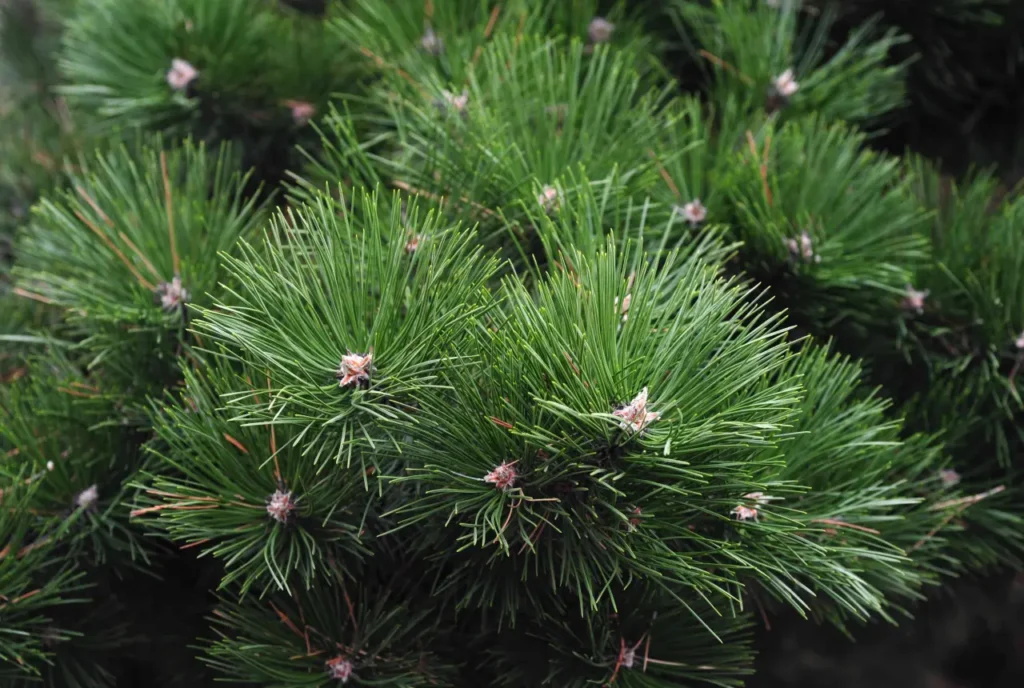
Young Scots pines have thick, reddish-orange bark, which turns grayish-green as they mature. They can reach a maximum height of 35 meters, with a trunk diameter of approximately 1 meter. The leaves of Scots pines are thick, needle-like, and bluish-green, measuring a few inches in length.
Scots pines are highly adaptable to their environment, even in the harshest and most challenging conditions. They can thrive in nutrient-poor soils, such as sandy or rocky areas. Overall, Scots pines can grow robustly in harsh and exposed environments that broad-leaved trees cannot withstand.
4. Mountain Ash Tree
The mountain ash, scientifically known as Rowan Sorbus aucuparia, is a plant species belonging to the rose family. It is one of the most attractive tree species native to Norway and the Nordic region.
Mountain ash tree has a wide distribution range, spanning from Iceland, Norway to Russia, China, and the United Kingdom. It has a slender, smooth, and loosely-barked trunk, with green foliage and a thin layer of fuzz covering the leaf surfaces.
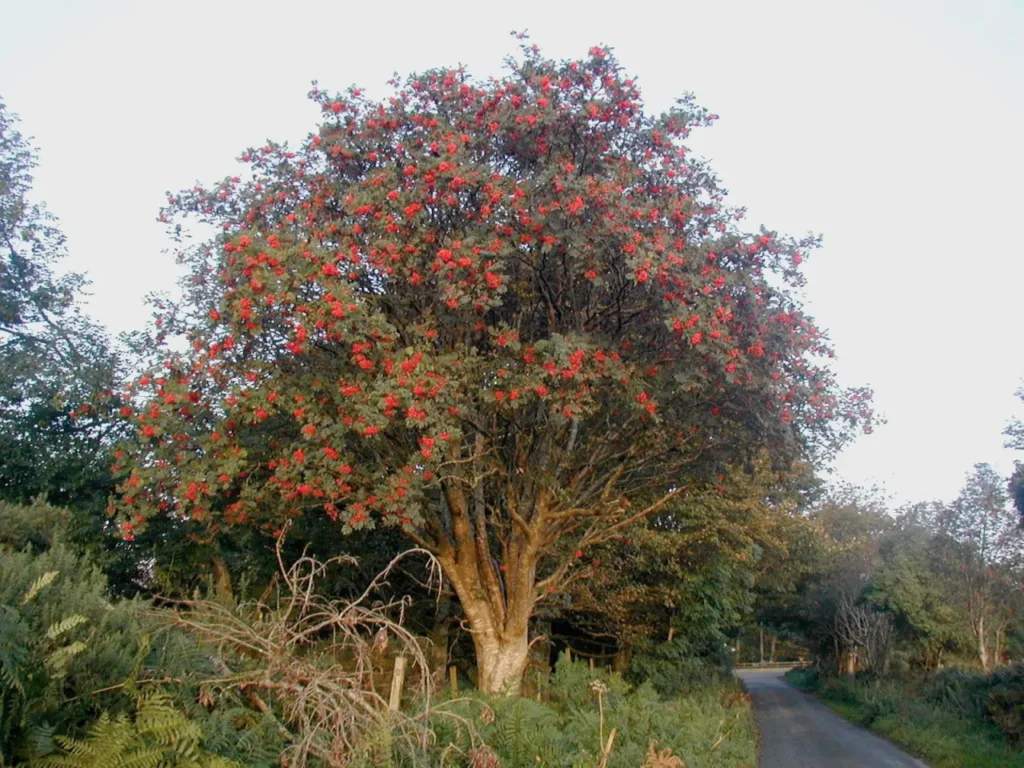
Mountain ash trees typically bloom in spring, producing beautiful white or yellow flowers that gradually develop into vibrant red berries. The berries of this tree species are favored food sources for certain bird species, while the leaves provide food for Norwegian moose.
5. European Aspen
The European aspen, scientifically known as Populus tremula, is a beautiful tree species that originates from Norway and the Nordic region. It is currently found in many locations across this continent, ranging from the Arctic Circle to Algeria in North Africa.
The European aspen is thriving and growing vigorously in the southern part of Norway. This tree prefers to live in cool mountainous regions or sparse forests and along long coastlines. It thrives in areas with ample sunlight, open spaces, and a cool breeze.
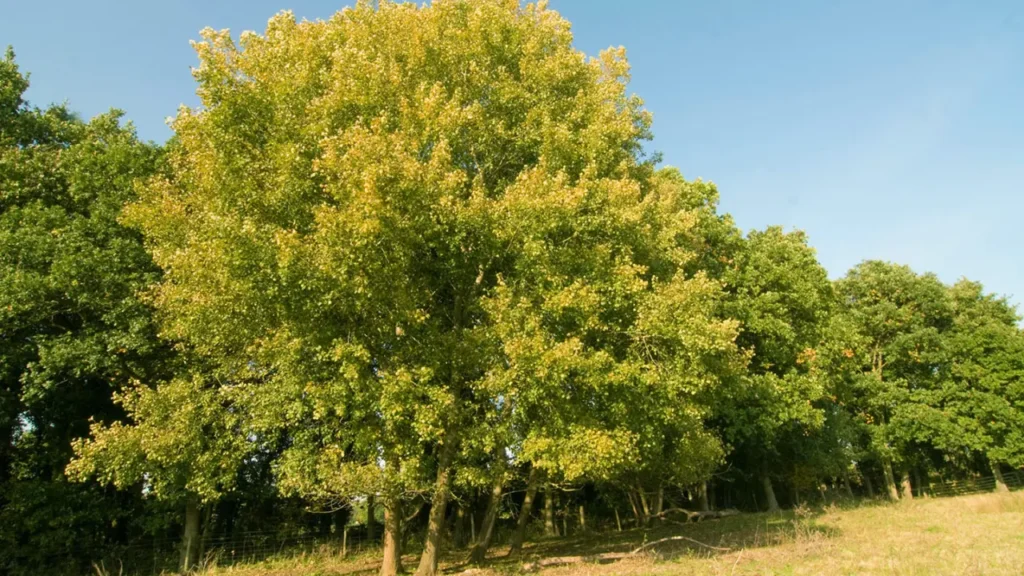
A mature European aspen tree can reach heights of up to 130 feet, with a canopy spread of approximately 33 feet. The bark of young European aspens is typically grayish-brown and smooth, while it gradually develops cracks as the tree ages. European aspens belong to the group of broad-leaved deciduous plants, characterized by oval-shaped leaves with serrated edges that tremble in the wind, creating an eye-catching display.
6. Goat Willow Tree
The goat willow tree, scientifically known as Salix Caprea, originates from Northern Europe, particularly in the region of Norway. It prefers to grow in moist environments and is commonly found along the shores of fjords and rivers in Norway.
The goat willow tree belongs to the deciduous plant group. Mature trees can reach a height of about 30 feet, with wide canopies consisting of elongated oval-shaped green leaves that have a soft underside and a curved tip. The flowers of the goat willow tree are beautiful, unique, and attractive to the eye.
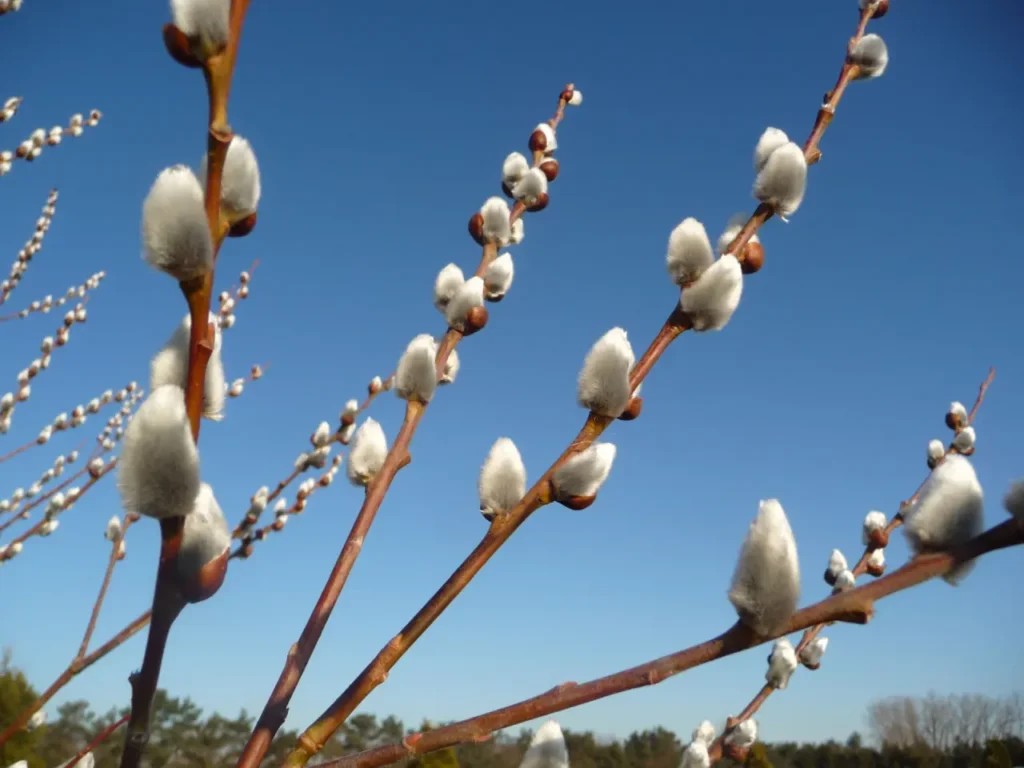
They play a significant role in the ecosystem of the kingdom of Norway. The leaves of this tree are a preferred food source for some species of moths and mammals, such as roe deer.
7. European Oak Tree
The European oak tree, also known as English oak, has the scientific name Quercus robur. This tree species originates from Northern Europe, particularly in the region of the British Isles and Norway. According to Norwegian mythology, the European oak tree is associated with Thor, the god of thunder, which is why it is also called the “thunder tree.” The oldest oak tree in Norway is over 1000 years old.
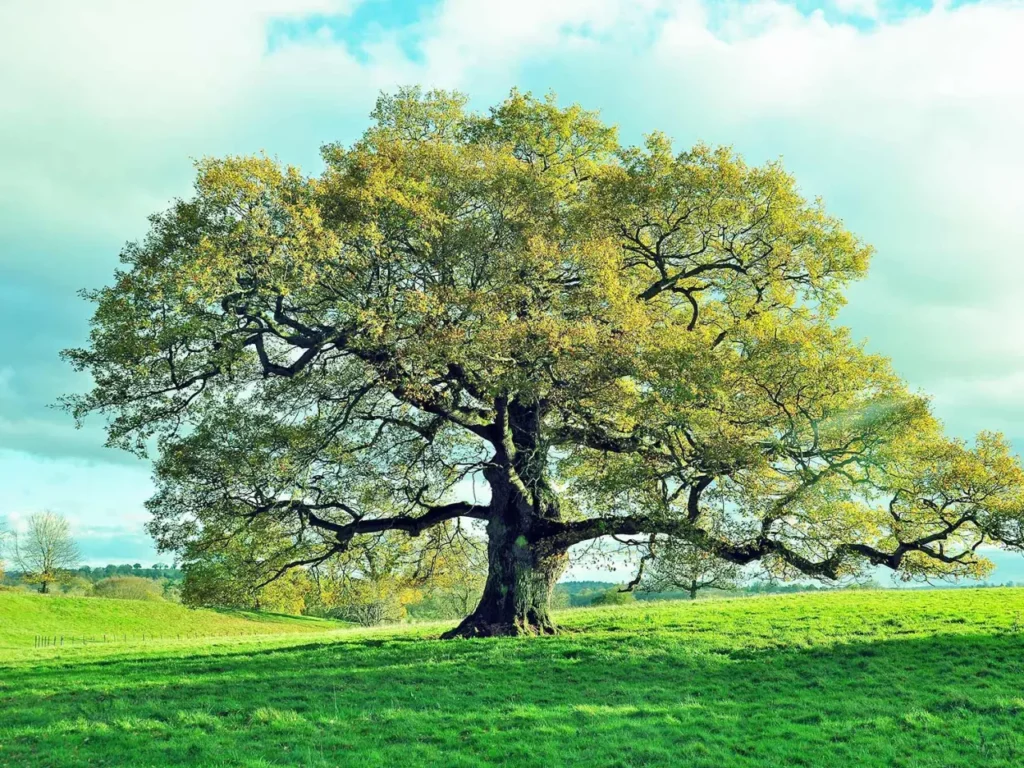
It is most prevalent in the warmest southern regions of Norway, and a mature tree can reach a height of 40 feet. The leaves of the tree are dark green, and acorns, the fruits of the oak tree, are brown and often serve as a favorite food source for some mammal and bird species.
One of the most impressive features of the European oak tree is its trunk width. This tree species can develop a massive trunk. In Norway, the widest oak tree recorded had a diameter of 35.6 feet, while in England, the widest oak tree had a diameter of 40 feet!
8. Hazel tree
Hazel tree, scientifically known as Corylus avellana, is a beautiful tree native to Norway and most countries in Northern Europe. The most famous part of the Hazel tree is its nuts. This tree species typically grows as a shrub with multiple stems originating from a single root.
Hazel trees are widely cultivated in various regions of Europe. Their wood is flexible and often used for making furniture, garden structures, and fences. Hazel trees belong to the deciduous plant group, and their leaves are oval-shaped with serrated edges and have a hairy underside. The leaves of the Hazel tree are a preferred food source for some mammals such as deer and roe deer. A mature Hazel tree can reach a height of up to 40 feet, and its trunk is often peeling and has a grayish-brown color.
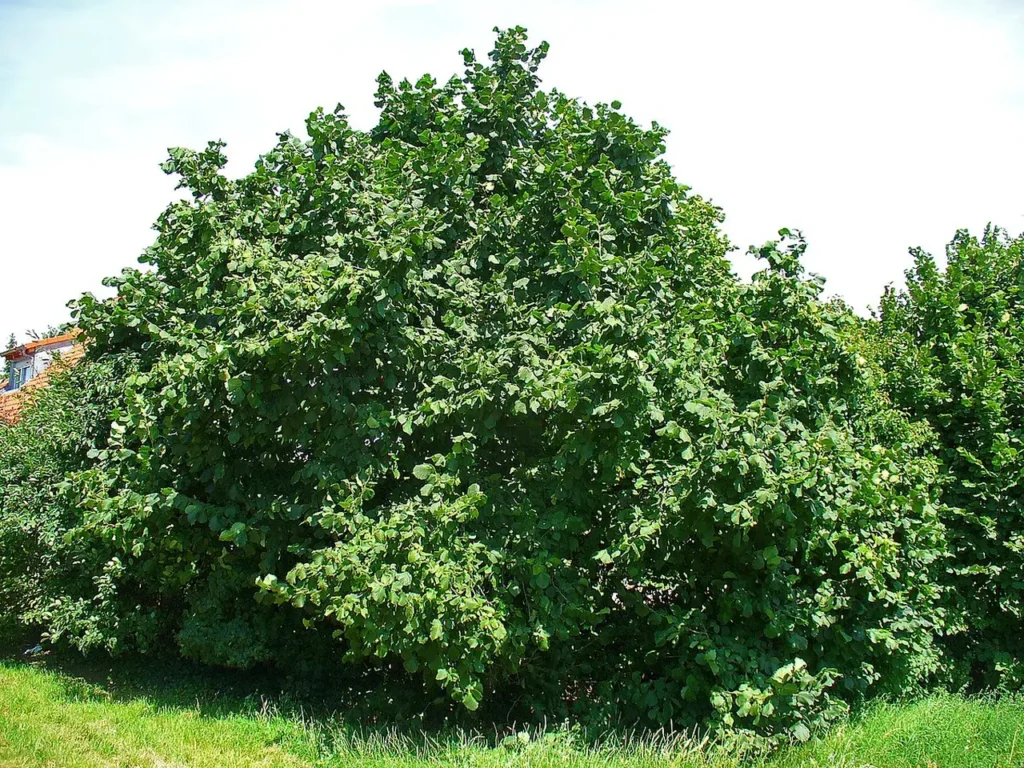
Hazel trees usually bloom in spring, with pollination and fruit formation occurring in autumn. The delicious Hazel nuts are a favorite food for mammals such as squirrels, mice, and even humans.
In conclusion, this article has provided information about eight famous tree species known in Norway. We hope this information has been helpful to you. Please visit our website for more interesting discoveries about the beautiful world of plants!
